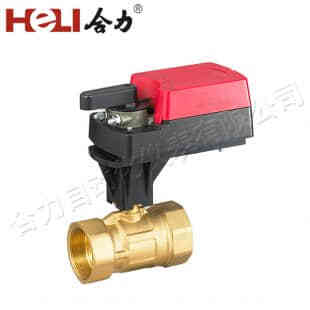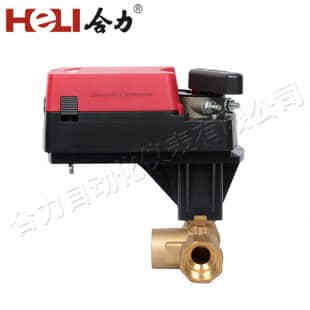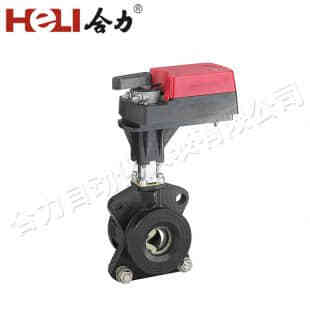understanding damper actuators: key components in hvac systems
Release time:2025-04-22 08:35:58
Damper actuators are essential components in modern HVAC (Heating, Ventilation, and Air Conditioning) systems, playing a crucial role in regulating airflow within ductwork and ventilation systems. These devices help control the position of dampers, which are mechanical devices designed to modulate the flow of air or other gases. In this article, we will explore the function, types, and significance of damper actuators in HVAC systems, as well as their applications in energy efficiency and comfort.

What is a Damper Actuator?

A damper actuator is an electromechanical device used to control the movement of a damper within an HVAC system. Dampers are typically installed in ductwork or air handling units to regulate airflow. The actuator receives control signals from a building's temperature or airflow control system and adjusts the damper’s position accordingly. The actuator's primary function is to open or close the damper to increase or decrease airflow, thereby influencing the temperature, humidity, and overall air quality in a space.
How Damper Actuators Work




